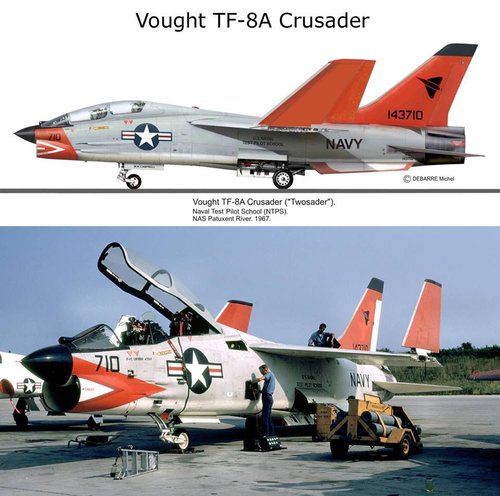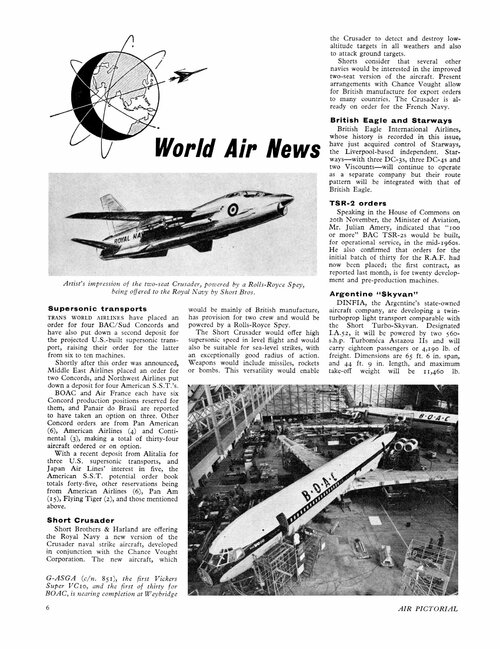The concept of attacking the bastions I always associate, perhaps wrongly, with Lehmann and Reagan in the 80s.
Precisely. I was trying to remember the name.
Lehmann was a defense-industry insider before, during, and after his time as Navy Secretary. He was the guy that forced Adm. Rickover to retire. Rickover pushed hard in favor of an investigation of and penalties for General Dynamics' attempts to hide faulty welding on submarine hulls. Lehmann backed General Dynamics and engineered Rickover's forced retirement. He saw the strategic ascendancy of the submarine as a threat to the Navy because it raised questions about the need for spending on a 600-ship surface navy and on the carrier in particular.
Lehman was also a showoff and a self-aggrandizing wannabee. He served long and honorably as a part-time A-6 navigator in the Reserves--even while he was the civilian Navy Secretary. But this apparently wasn't enough. who He cultivated the image of the stereotypical, Top-Gun-style, playboy/fighter-pilot and bore more than a little responsibility for the evolution of the Tailhook fiasco. When the Chief of Naval Operations ordered service clubs to stop hosting strippers, in the interest of professionalism and good discipline, Lehman countermanded the order, becausem as he would later say, the order did not allow for the swagger and daring of Navy pilots. Lehman himself made a habit of joining strippers on stage in the Tailhook hospitality suites. He eventually had to resign after acting out sexually with one in front of a large audience.
Why is the above relevant you ask? It is relevant because Lehman's Forward or Northern Strategy (I don't recall the exact terms he used) reflects both of the core characteristics developed above. It was lobbying/advertising aimed at obtaining funding for pet defense projects and at building up the prestige of the role he had set for himself.
Lehman came up with the "bastion" idea in the days when we were all supposed to bury our cars and live inside so that Reagan-era Washington could fight a hypothetical "winnable" nuclear war with the Communists. A scheme for eliminating Arctic SLBM "bastions" was Lehman's way of giving his essentially tactical, carrier navy strategic relevance and thereby capturing funding that might otherwise go to the Air Force. His plan, such as it was, was never tactically sound, given the proximity of Soviet shore-based aviation and submarines armed with nuclear missiles and torpedoes. Strategically, the plan was a disaster, at once provocative and irrelevant. Attempting to approach the "bastions" by sea in time of crisis would provoke war well before the battle groups were in range. And once the ICBMs left their silos and mobile launchers and once the cruise missiles and the SLBMs already at sea launched from planes and submarines, the war would be over. Even if the "bastions" on one side and the carrier battle groups on the other survived the initial cataclysm, they would have lost their significance. Both sides would be struggling to simply survive, and would have no interest in continuing.
Thoughtful policy was just not Lehman's thing. He was a salesman at heart, with his eyes always on the potential commission, and a wannabee flyboy, not a strategic thinker.


